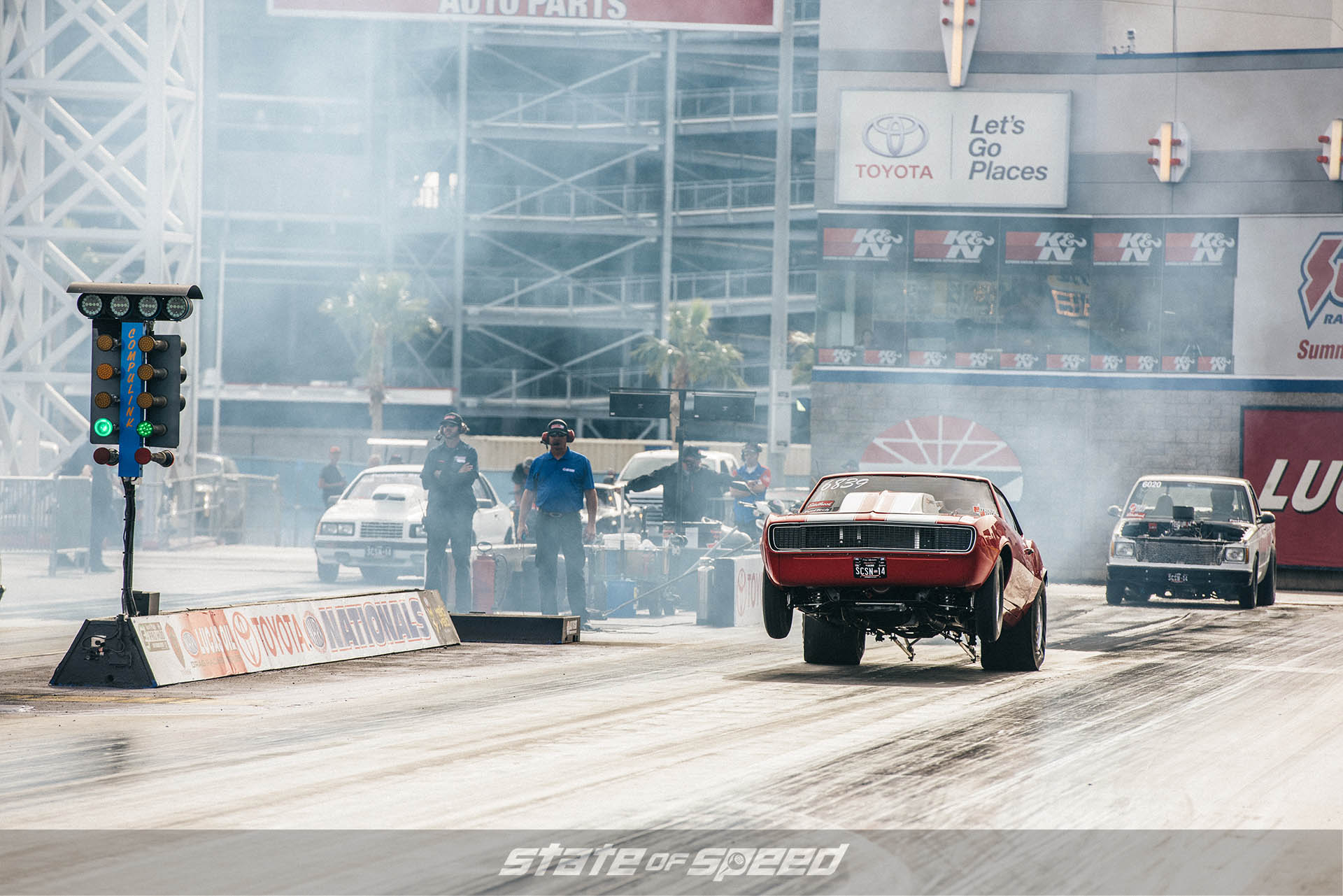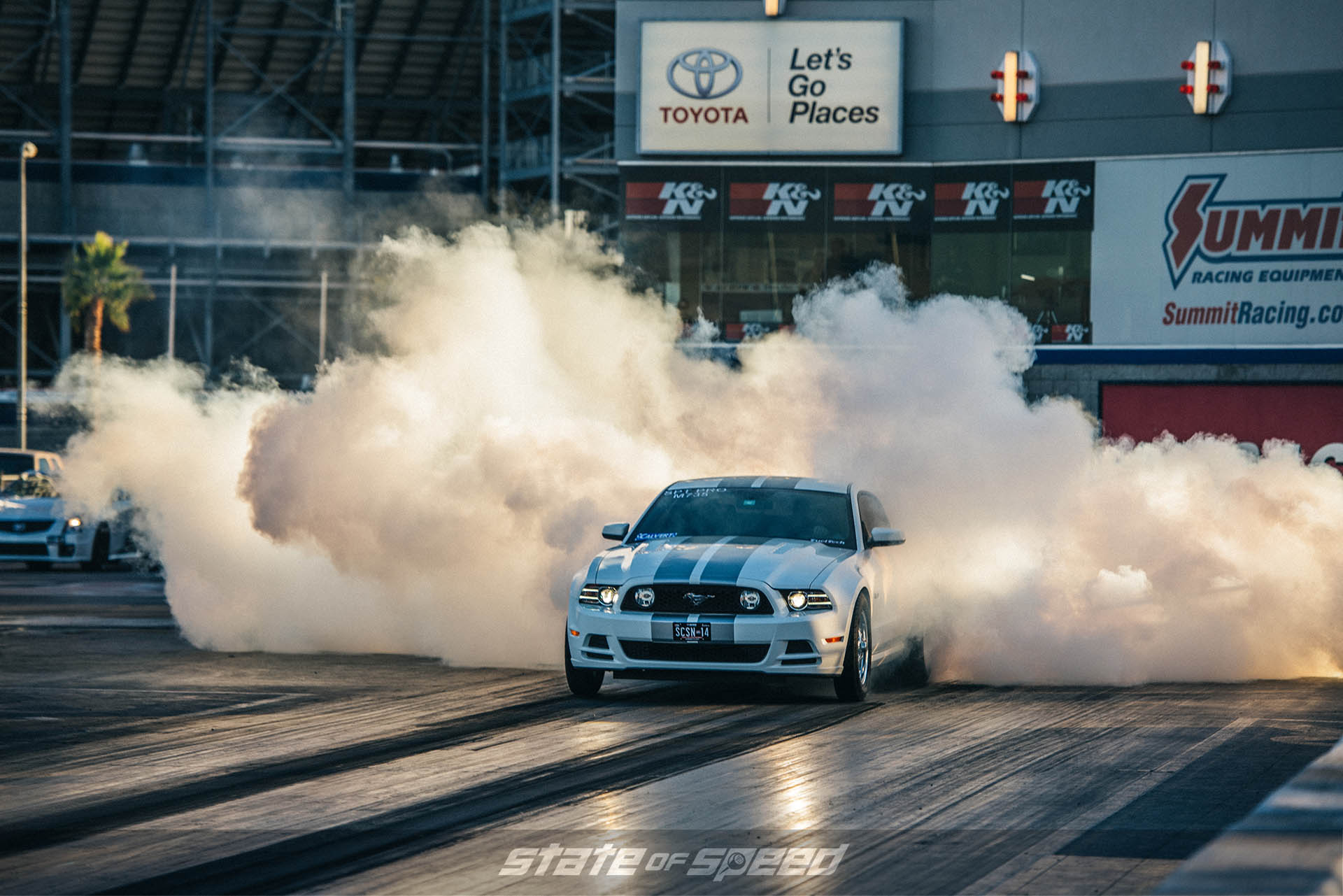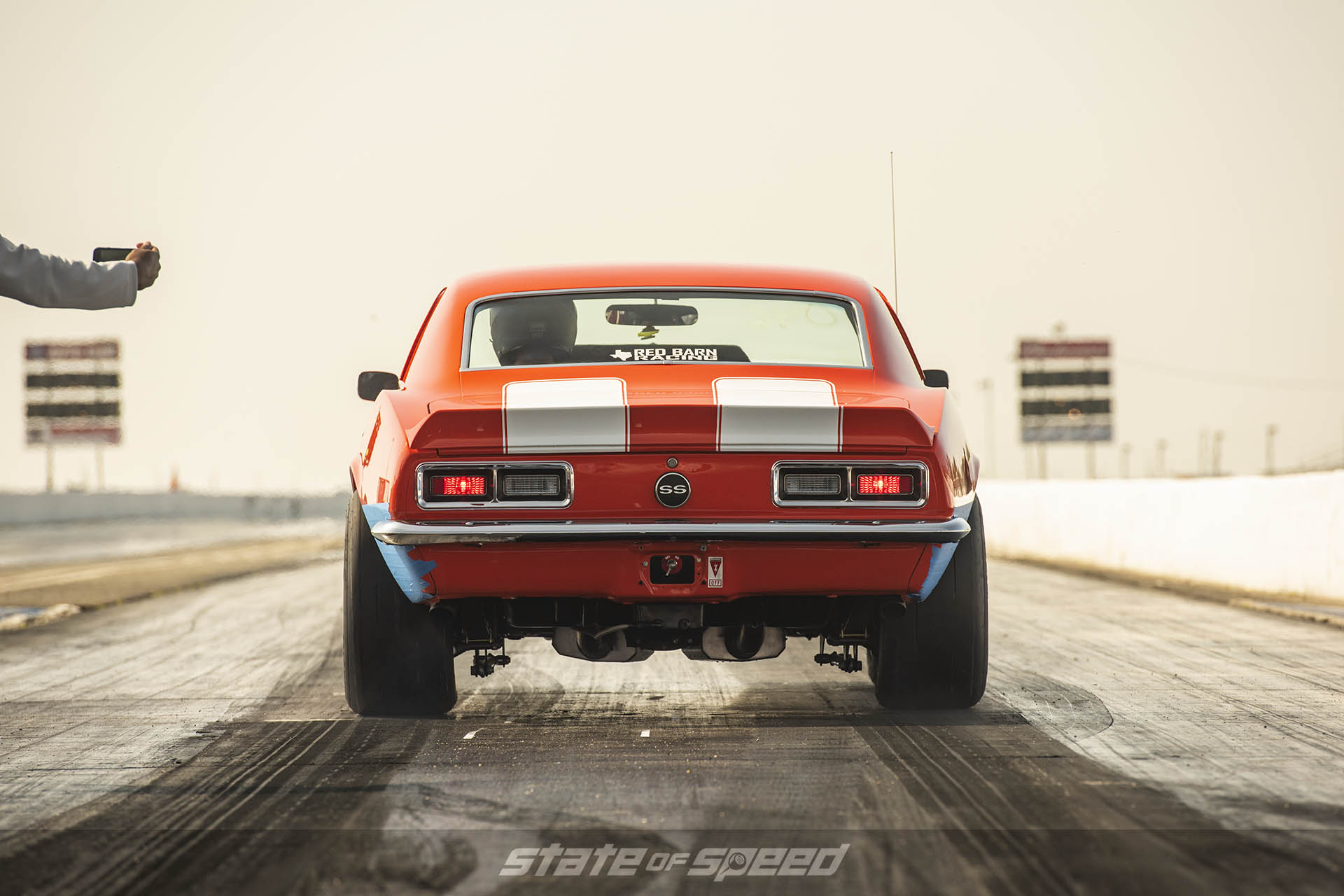

… once you’re hooked, you will absolutely want to empty your wallet and fill your driveway with cars just for the track.
The great thing about going to your local drag strip’s grudge night or test and tune day is that you get the chance to actually race your car on the track with very little extra effort or expense – it’s one of the best ways to get involved in motorsports without having to spend a ton of money or have a specially-prepared race car. Don’t get us wrong, though; once you’re hooked, you will absolutely want to empty your wallet and fill your driveway with cars just for the track. But in the meantime, the car you already have will do just fine as an inexpensive gateway drug.

One of the things that holds people back from getting out of the stands and into the staging lanes is concern over tech inspection and track safety rules. Depending on how quick your car is, you’ll have to meet some basic equipment standards in order to be allowed to run at a dragstrip that follows the NHRA or IHRA rulebook , and today we are going to take a look at those requirements so there are no surprises when the nice man with the clipboard asks you to hand him your tech card and pop your hood.

Safety requirements are broken down into three basic categories: How quick your car is (elapsed time), how fast your car is (trap speed), and what specific modifications you’ve made (things like adding an aftermarket supercharger, turbo , or nitrous system). The main criteria is elapsed time, and for each level of required equipment, you’ll see a break point for both quarter mile and eighth mile ET. The rules are divided up that way in order to make sure that cars running the shorter track length but accelerate just as hard as their quarter mile cousins have similar levels of safety equipment. Each level builds on the previous requirements unless otherwise noted, and please keep in mind that this isn’t the ultimate authority to what’s allowed or required – consult the NHRA rules and your local track officials if you’re in doubt

In general, your car needs to not be leaking any fuel, oil, or coolant. Your battery needs to be properly secured with a real hold down clamp (no zip ties, shoelaces, or other janky fixes), and you will have to have a radiator overflow catch reservoir. Your tires should be in good condition, and you can’t have any broken wheel studs or missing lug nuts. Factory seatbelts are another necessity, and you will be required to wear a shirt, long pants, and closed-toe shoes. Finally, you’ll need a valid driver’s license or NHRA/IHRA competition license.
Plain old DOT-rated motorcycle helmets do not meet this requirement, so don’t grab the chrome-plastic skullcap you wear on your Harley and presume you are good to go.
Some tracks will have specific additional rules – in some places, all drivers will be required to wear a helmet, no matter how slow their car is, and you may also find tracks that prohibit anything but plain water in your cooling system, so check if you aren’t sure.

